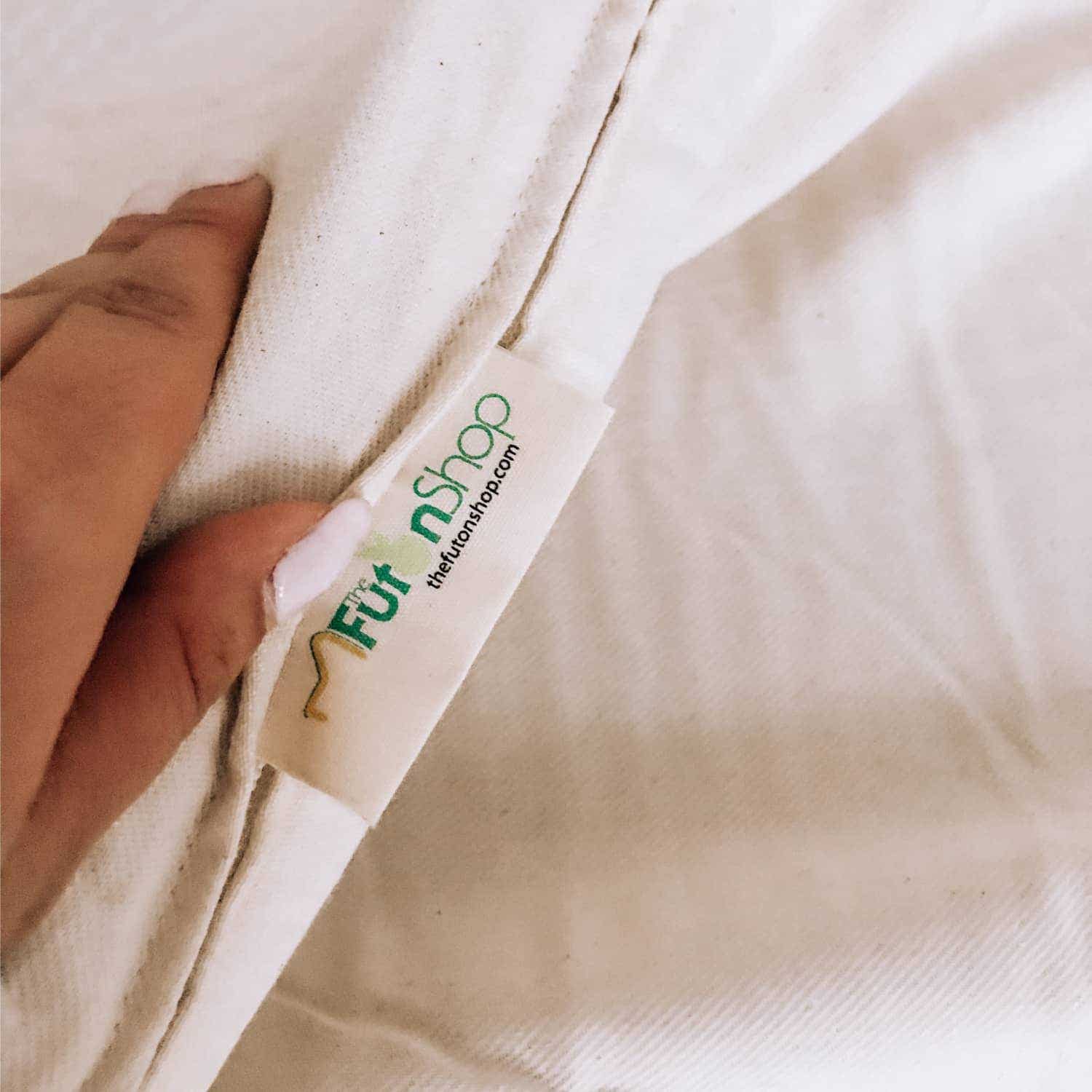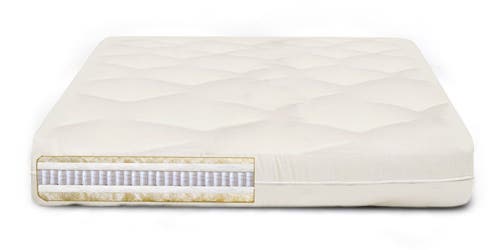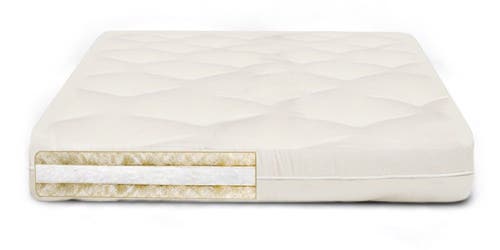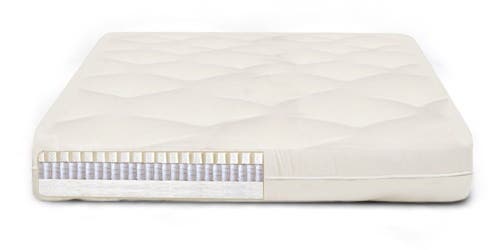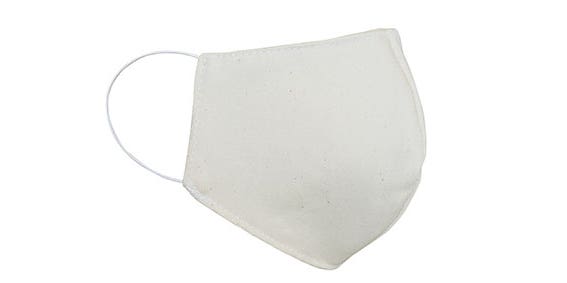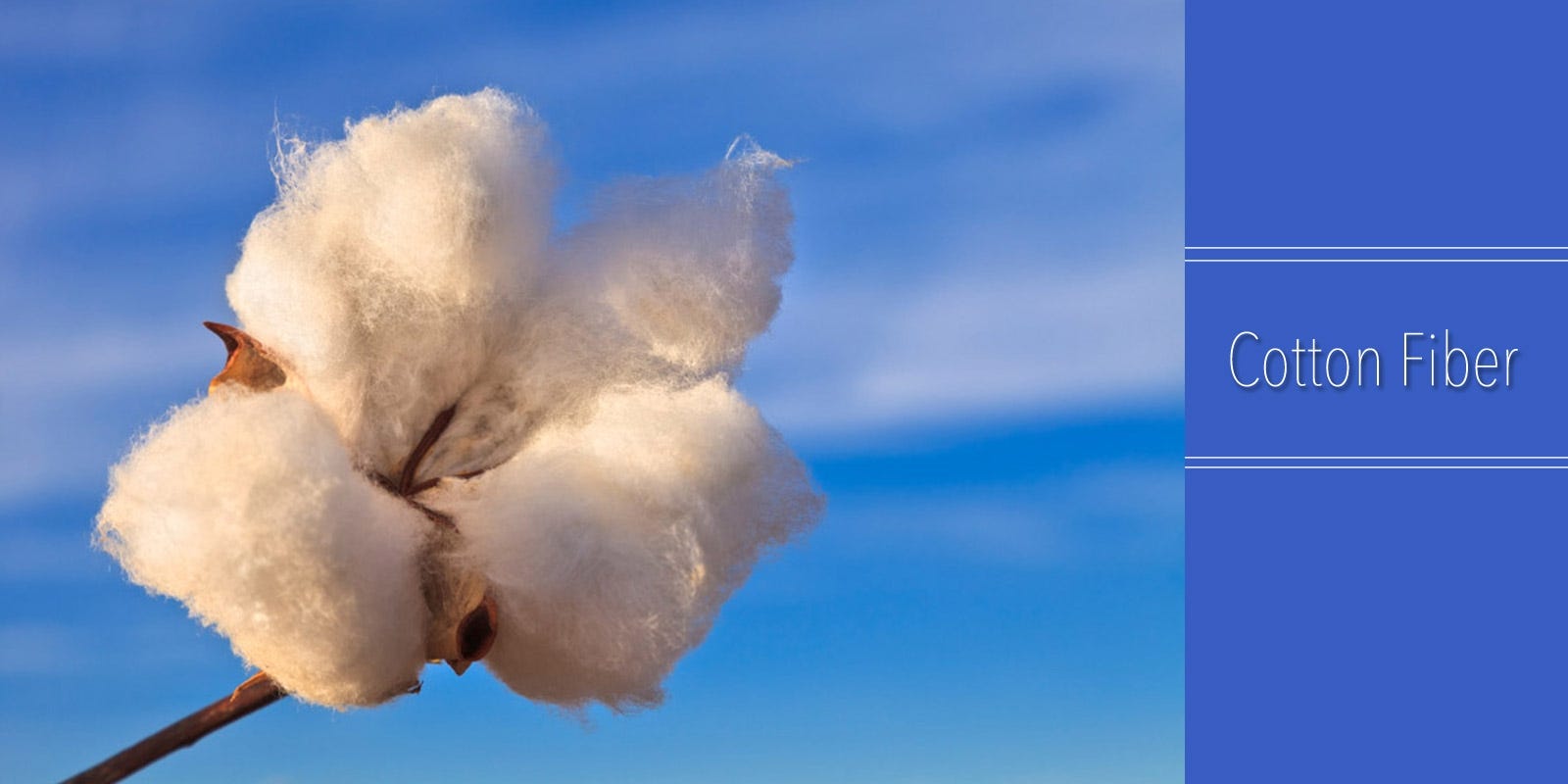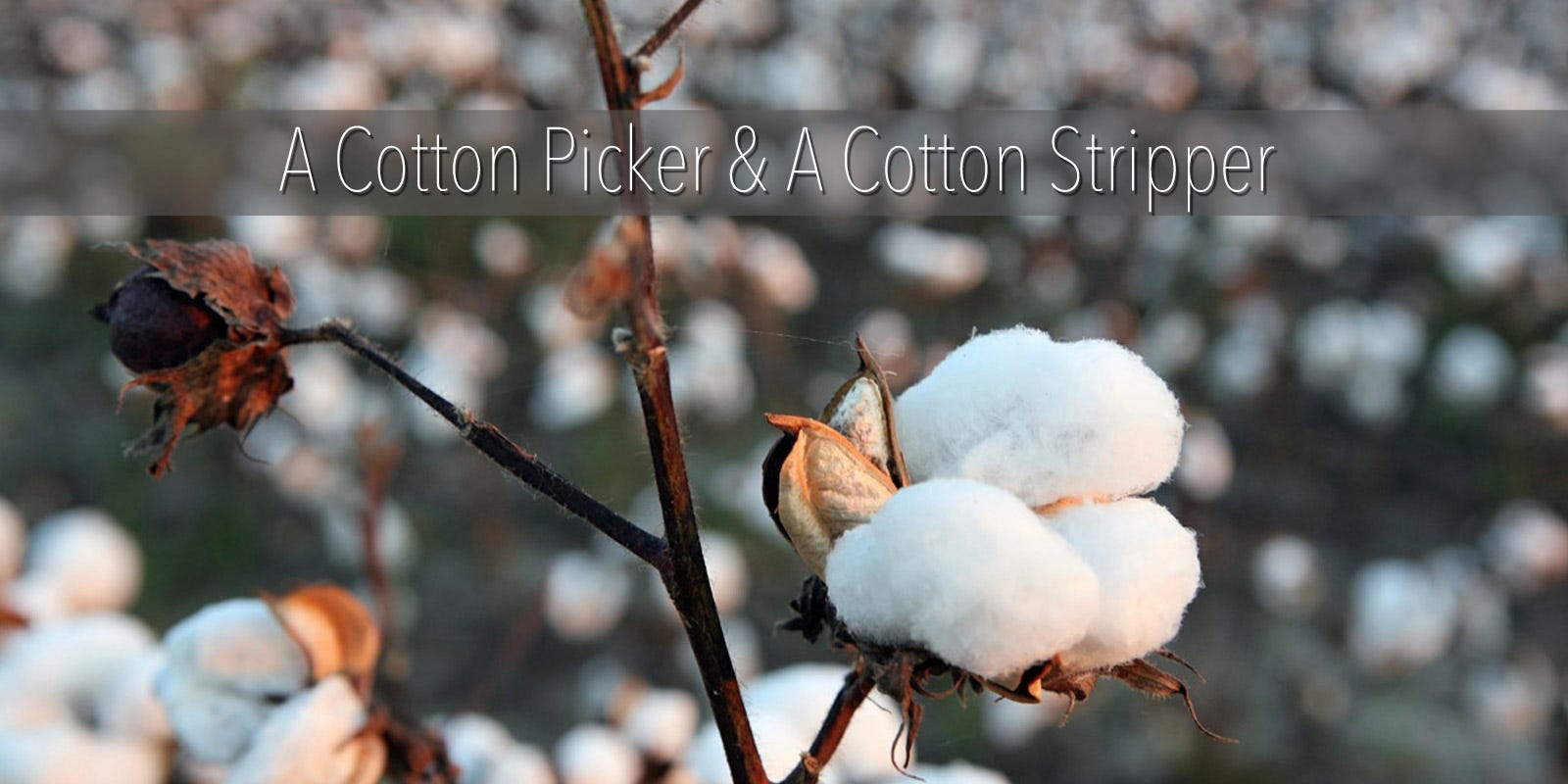
Trace Cotton's Path from Harvest to Organic Cotton Mattress
Cotton picker vs cotton stripper. Cotton pickers are used in New Mexico and California which yields a cleaner and longer cotton product. Strippers are used for shorter fibers, (lower quality) and Pickers are used for longer fibers (higher qualities). Hand picking of cotton is still done in Turkey, India, China and parts of Africa, and pickers are generally paid by the kilo.
The Futon Shop
https://www.thefutonshop.com/The Futon Shop
2019-05-30
2019-05-30
Trace Cotton's Path from Harvest to Organic Cotton Mattress
Now that we've covered the harvesting process let's look at how the cotton is transformed into an organic cotton futon mattress.
Organic cotton is cultivated, processed, and harvested differently from conventional cotton. One distinction is that organic cotton is grown without synthetic chemicals such as fertilizers and inorganic insecticides.
However, there is a lengthy procedure before the cotton becomes an organic cotton mattress.
Ginning
Defoliation utilizes chemicals to force cotton leaves to fall off the plant to harvest cotton bolls. It is an important stage in traditional cotton farming because it keeps the leaves apart from the plant.
Raw cotton fibers are delivered to a cotton processing facility for ginning after defoliation. Ginning is the mechanical removal of seeds, leaves, twigs, and other 'trash' from raw cotton strands.
The end result is super-soft cotton fibers known as "white gold," which are then dried and pressed into bales (lint). Cottonseed oil is produced from leftover cotton seeds. The ginned cotton fibers are now bundled and shipped to textile mills for the next stage, spinning.
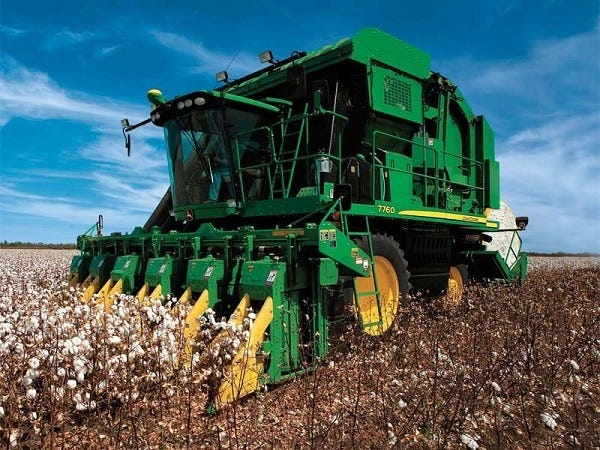

Yarn Production
After the cotton fibers have been ginned, they are ready to be spun into yarn.
Cotton fiber strands are twisted together to produce yarn, which is then wound around the rings of a spinning spindle and folded into bobbins. These bobbins are removed from the ring frames and transported to be processed further, such as bleaching or sewing.
Spinning may be done in three ways: open-end spinning, ring spinning, and compact spinning. Open-end spinning, the quickest and the cheapest method of creating yarn, is used in conventional cotton cultivation. However, the yarns are often thicker, coarser, and hairier, making them unsuitable for high-quality cotton garments.
In contrast, organic cotton cultivation employs ring spinning, the oldest way of spinning yarn. It creates a higher-quality yarn with a more comprehensive count range. The finer counts of the yarn make it excellent for luxury bedding. These fine yarns are smoother, firmer, and less hairy than open-end yarns.
Weaving and knitting are the following steps in manufacturing cotton futon mattresses.
Weaving and Knitting Cotton Fabric from Yarn
A fabric is created by weaving two sets of yarn together. Long vertical threads called warps and horizontal threads called wefts are intertwined on a loom to make the material.
The weaving of certified organic cotton is often done on traditional handlooms. The handspun yarn first goes through a pre-loom procedure to prepare it for weaving. A trained craftsman weaves the warp and weft threads on the handloom to create organic cotton cloth.
Fabric Dyeing and Printing
The next step is to dye the cotton cloth in the chosen colors and designs.
One of the most severe issues in cotton production is the loss of water and the use of harmful chemicals in the dyeing process.
Traditional dyeing is a very harmful method that employs synthetic colors (such as sulfate dyes and AZO dyes) and consumes a lot of water.
During the dyeing process, a large amount of water waste is produced, which combines with hazardous heavy metals and contaminants. This hazardous effluent is discharged into rivers, lakes, and streams, damaging the environment and endangering human health.
The Finishing Procedure
After weaving, the cloth has a drab gray look and a rough feel. It's also non-absorbent, with residues of oil, waxes, and chemicals stuck to it from the previous procedures. The finishing procedure removes these imperfections and converts the loom-state cloth to finished fabric.
Finishing is the last stage in traditional cotton manufacture to generate easy-care clothing that is soft, fireproof, and antistatic, besides being resistant to wrinkles, shrinkage, stains, odors. These attributes make it perfect for organic futon mattresses. The procedure comprises many complicated stages in textile factories: singeing, scouring, bleaching, and drying.
Click to read more about What Are The Best Organic Cotton Products For The Home?.
Click to browse through some great organic cotton mattresses.
Click to learn more about What is Natural Mattress Fiber?.
Click to learn more about What's The Difference Between Short And Long Cotton?.
Click to learn more about What's The Difference Between Short And Long Cotton?.
What Does It Mean To Be GOTS Certified Organic Fabric?.
Click to learn about the What Are The Benefits Of Organic Cotton In Mattresses?.
Organic Cotton Vs Regular Cotton
LEARN MORE

